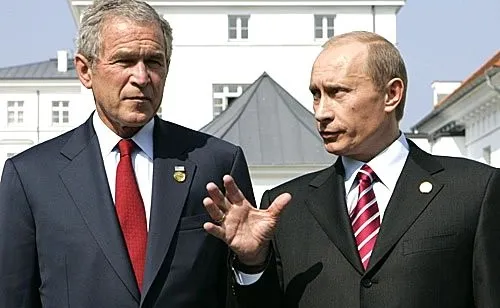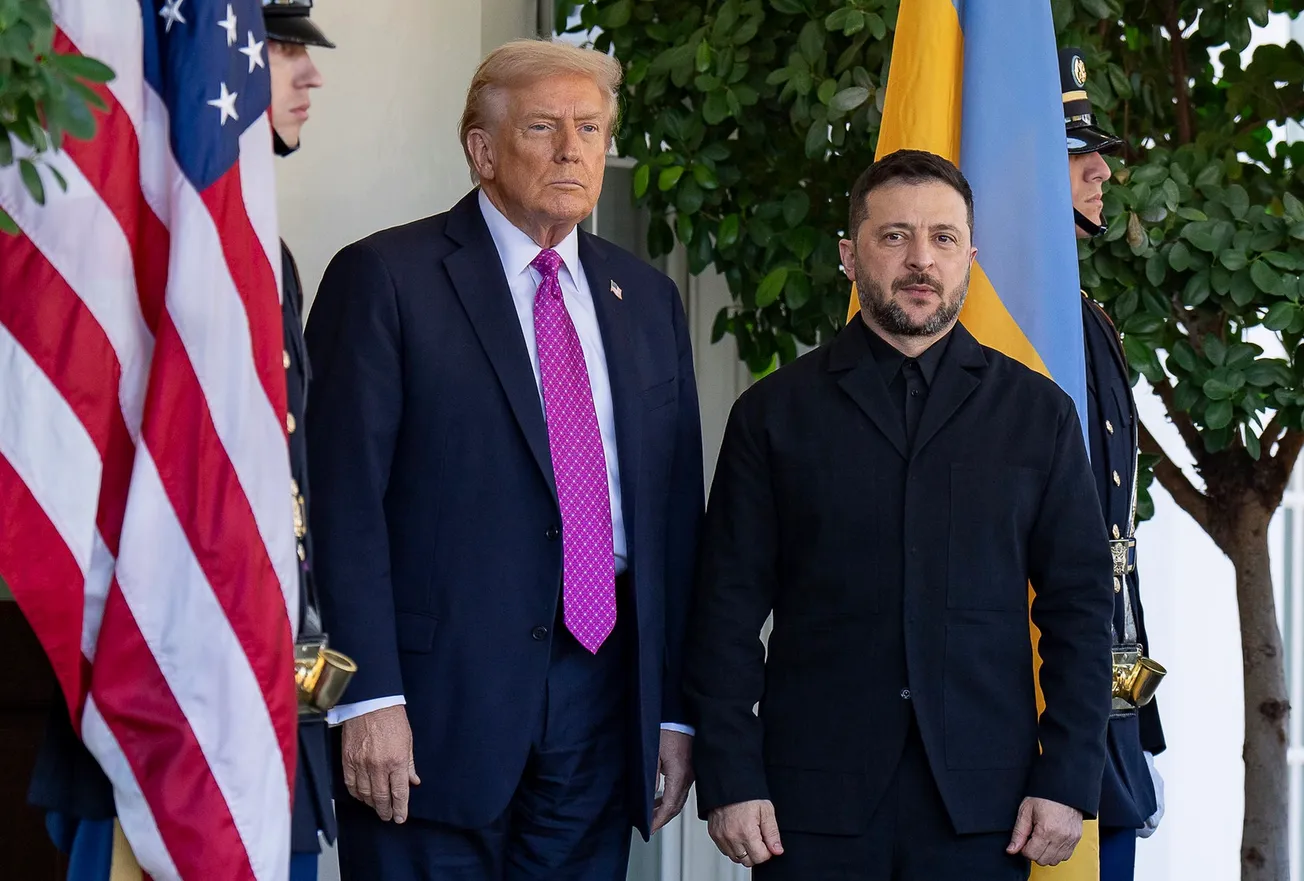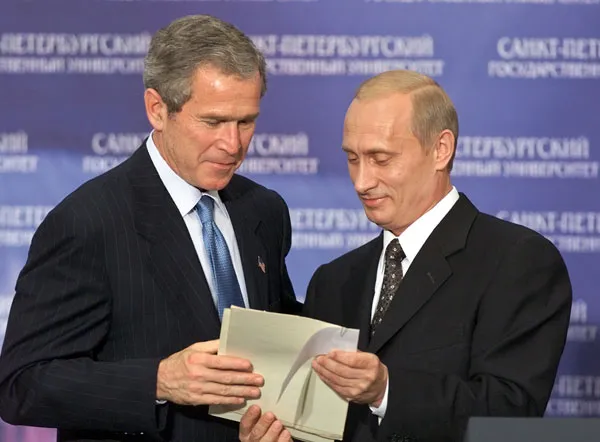PARIS, Nov. 2, 2021 (Nouvelle Solidarité) – The German weekly Der Spiegel this week ran a long cover story on how the infamous Dutch drug tolerance turned into a bloody terror war.
Last July 6, investigative journalist Peter De Vries was shot down in Amsterdam. De Vries had not only reported on criminal cases, but had also solved many of them through his TV show. A one-man special commission, de Vries was, for his millions of viewers, proof that a single person could accomplish more than an entire law enforcement apparatus. The shots fired were a show of who has the say in the Netherlands. An execution costs an estimated 50,000 euros – a “package deal” that includes surveillance, an escape vehicle, a weapon, and the killer himself. “In the problem areas of southeastern Amsterdam, young men are queuing up to commit murder on behalf of the gangs,” says a Dutch investigator. “For a long time, nobody was bothered by the fact that the country’s permissive approach to hash and marijuana had helped brutal mobsters become powerful, and that the gangs had also begun carting tons of hard drugs through the country alongside the soft ones.”
The permissive Netherlands is learning how un-free life can be in the grips of the Moroccan-dominated “Mocro gangs.” The current chief underworld boss is the Maroccan-Dutch gang leader Ridouan Taghi, arrested on December 16, 2019 in Dubai, involved in at least ten murders. Documents produced by the US Drug Enforcement Administration (DEA), show what appears to be a super drug cartel headed by Ridouan Taghi, Raffaele Imperiale (Camorra’s drugs and arms dealer), Daniel Kinahan (Irish reputed gang boss) and Edin Gačanin (Bosnian drug trafficker).
The cartel, considered by the DEA as one of the world’s top 50, was headquartered in the Burj Al Arab hotel in Dubai. The cartel has a monopoly over the Peruvian cocaine, controlling around a third of the total European cocaine trade. Yet, according to the DEA, shipping ports in the Netherlands are the destination for all the drug shipments, increasingly the Belgian port of Antwerp.
The Taghi gang’s motto was “Wie praat, die gaat” – whoever talks, must go. Every journalist who reports about the gang, every prosecutor who investigates them, every lawyer who represents their opponents and every witness who testifies against them. They all should be checking under their car for bombs and looking around to see who might be trailing them. They must be prepared to submit to police protection and give up their old lives, and for their family to give theirs up, too.
“All boundaries are gone,” says an investigator. Even Prime Minister Mark Rutte has supposedly fallen into the sights of the Mocro killers. People living under this constant threat don’t know when it will stop, or if it ever will. For them, there is no safety – it’s like living in a narco-state.
After Antwerp in Belgium, the port of Rotterdam is the second-largest point of entry for goods in Europe. But according to a current report from Europol and UNODC, the UN’s anti-narcotics authority, even the drugs that arrive in Antwerp mostly go to the Netherlands, and only later to the other countries on the continent. “Cocaine is the problem,” says the Dutch investigator. “Cocaine has changed everything.”
The most recent figures available indicate that more cocaine arrived from the fields of South America in 2019 than ever before: According to the UN authority, it was 1,784 tons, twice as much as in 2014. But even if more drugs are being found, to the police it just means that even more is getting through. Cocaine is flooding the market, with the UN estimating that the number of coke-users in Western and Central Europe is 4.4 million. And growing.




